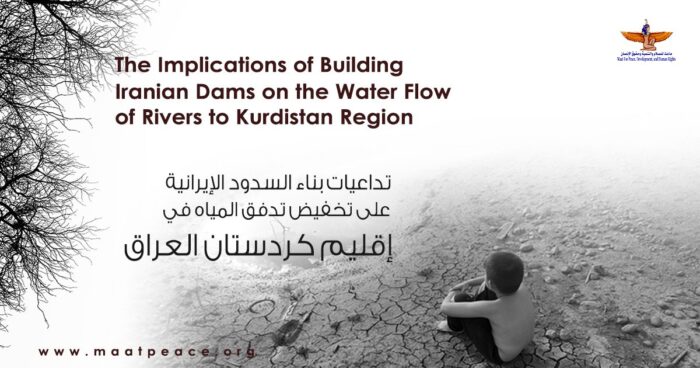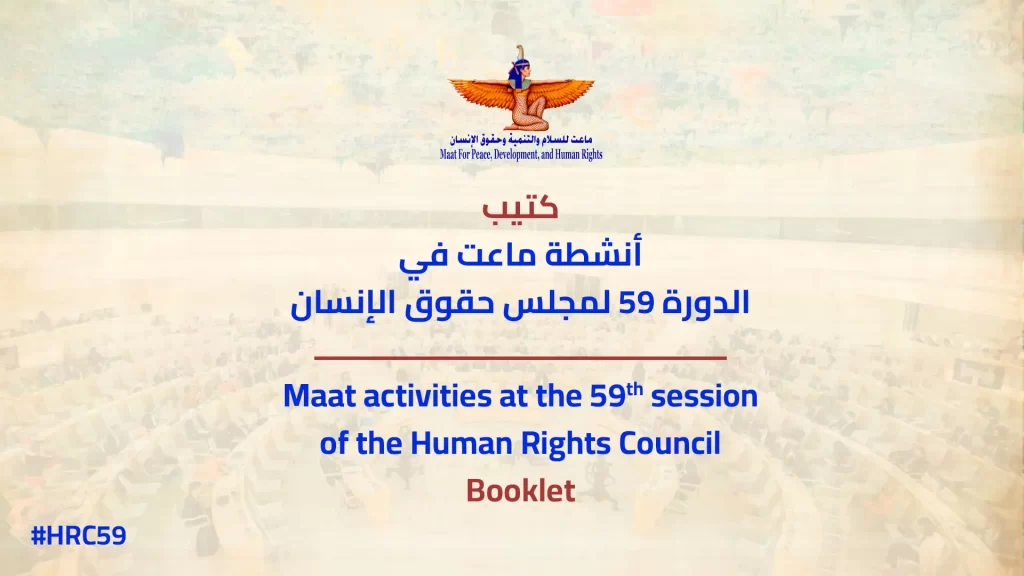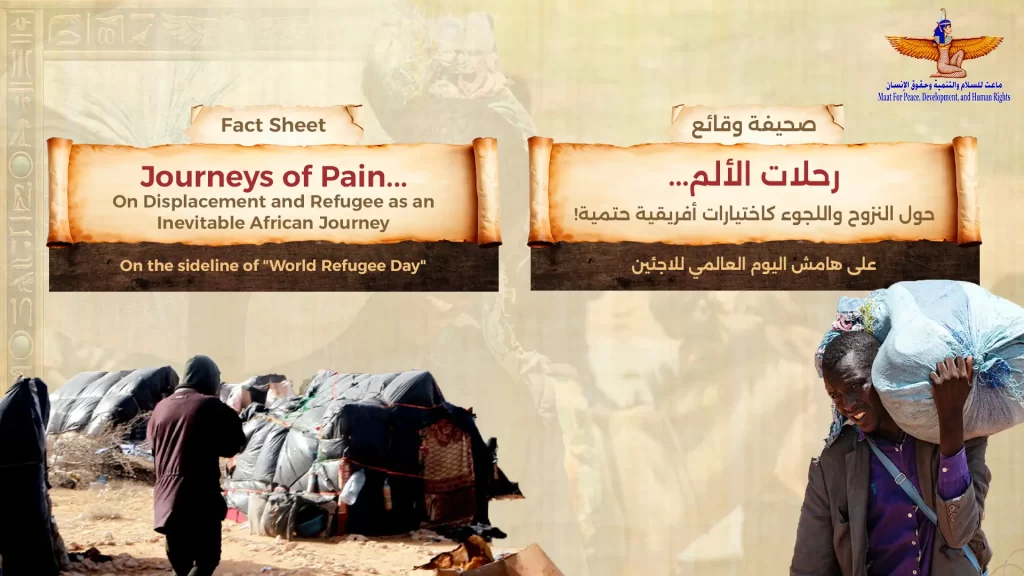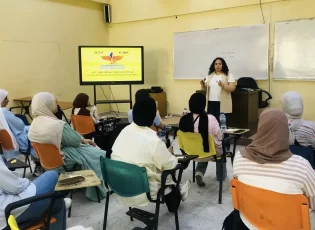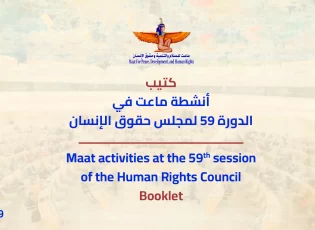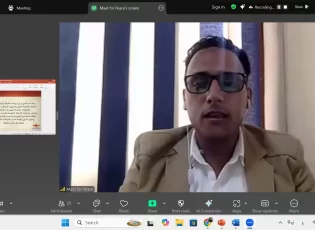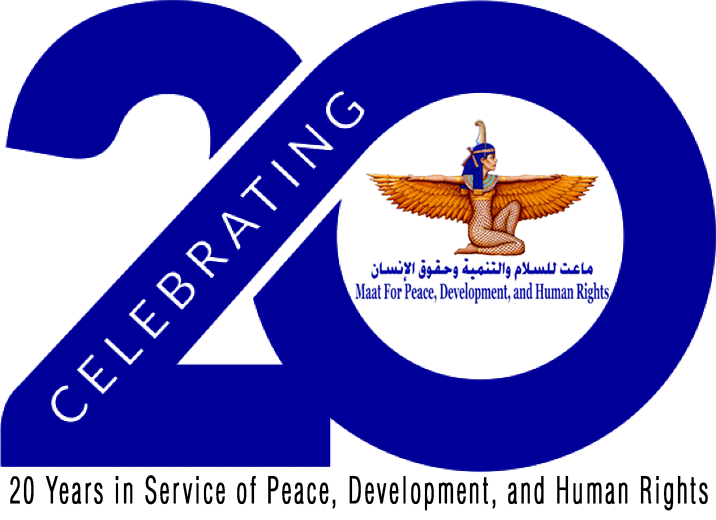Introduction
Roughly 2.1 billion people across the world suffer from lack of access to safe drinking water, and 1 in 10 worldwide suffers from water scarcity. According to the United Nations, 90% of natural disasters are attributed to water-related crises. The global demand for water is constantly surging chiefly due to the exponential growth of population and the developing industrial sector that relies on 75% of water for energy production. At the same time, the quantities of clean drinking water available to people are constantly decreasing due to the climate change, the unprecedented high level of pollution, and the increasing salinity of the pure water.
In a large number of poor and fragile countries, more than two million children die annually due to lack of water or the consumption of unsafe water. Non-drinkable water contributes to the spread of 80% of infectious diseases. In addition, water shortage hardly affect food production and leads to starvation and diseases caused by malnutrition. This global phenomenon will be more deeply felt by residents in some regions, especially the regions in North Africa and the Middle East, than others.
In the Middle East, Iraq’s access to its water resources is rapidly and steadily dwindling. Official data reveals that in the last decade, Iraq has lost up to 50% of its water share, and about 80% of its water flow from Iran after the latter cut off about 35 main tributaries, due to the Iranian government's plan to build dams on the rivers that supply Iraq with water, especially the rivers that flow into the Kurdistan region.
According to Iraqi government statistics, Iraq's population, which is estimated by over 40 million, consumes 71 BCM of water annually. The population is expected to rise to more than 50 million in 2035, and the surface water will likely decrease to 51 BCM annually, after the completion of all dam projects outside the borders of Iraq, especially in Turkey and Iran. Also, the 70% of Iraq’s land that is not cultivated in the summer due to water scarcity is likely to rise for the aforementioned reasons.
Iraq loses annually about 100 thousand dunums of arable land due to the loss of water. Therefore, Iraq is on the verge of acute water crisis and drought is looming as Turkey and Iran continue to construct dams and hydropower facilities that considerably reduce the flow of water. The construction of the Turkish Ilisu Dam, which officially began operating on December 24, 2020, has reduced the flow of Tigris water by about 60%, that is, reducing its share from 20 BCM to 6 BCM, which threatens the water supply to the governorates of southern and central Iraq.
As for Iran and its plan to construct dams on the rivers that flow into Iraq, including about 16 dams built by the Iranian government on the Little Zab and Sirwan rivers that supply water to the Kurdistan region, it has affected the Kurdistan region’s right to obtain adequate share of water, as most of the rivers that pass through the Kurdistan region comes from Turkey and Iran. By constructing these dams, Iran reduced the water level flowing into the region, which affected the agricultural irrigation schemes, reduced the amount and quality of potable water, lead to a fishery collapse and destroyed the fishing projects, which affected the food security of the region, along with countless other risks. The rights of citizens in the Kurdistan region of Iraq are being subjected, day after day, to grave violations of their legitimate right to access clean and safe water.
Therefore, Maat for Peace, Development and Human Rights has prepared this report, which includes Iranian practices related to the construction of dams and their impact on the right of the Iraqi Kurdistan region to enjoy access to water, which is an inherent right guarunteed by international charters and conventions, whether those related to organizing water sharing in relation to common rivers or international agreements on Human rights. Besides, access to water is the essence of the Sustainable Development Goal 6, which ensures access to water and sanitation for all. In this report, we will focus on only two of the most important and largest dams that Iran has completed building, namely the Daryan Dam and Kolsa Dam (aka Sardasht). These two dams have had a great impact on the water flowing to the Little Zab and Sirwan Rivers, which the Kurdistan region depends on for drinking water and irrigation of agricultural lands in addition to the production of hydroelectric power, but before that we will cover the legal framework for the right to water.
![]()
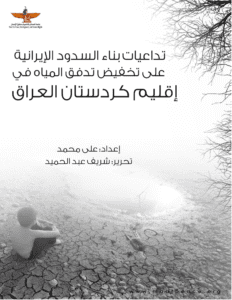 |
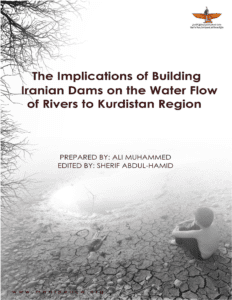 |
shortlink: https://maatpeace.org/en/?p=33032


